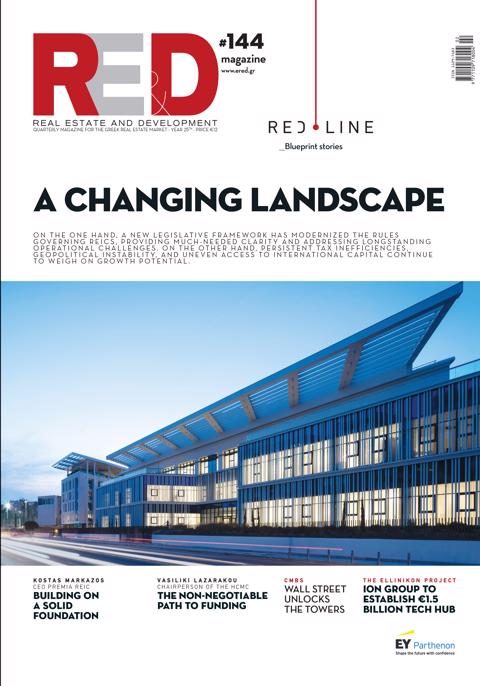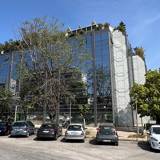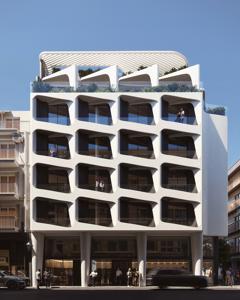The documentation of roads, which will be accompanied by comprehensive records and the possibility of subsequent revisions, constitutes a critical step toward determining public roads. The recognition of these roads is essential, as it directly affects the potential for construction in areas located outside approved urban plans.
It should be noted that the relevant administrative acts render buildable those properties that have “frontage” on such roads, often allowing exceptions to the standard requirements for plot adequacy.
Under the current legal framework, for a plot of land situated outside an urban plan to be eligible for construction, it must have a minimum frontage of 25 meters on a public road and cover at least four acres. However, numerous exceptions exist — for instance, plots of two acres or even 750 square meters.
The Council of State has annulled a number of building permits for properties outside urban plans, ruling that only road recognition decisions issued by the central government within the context of comprehensive urban planning schemes are valid — a practice that remains limited in scope.
It is further recalled that, in relation to the documentation and recognition of roads, a draft Presidential Decree is expected to be submitted to the Council of State. The Decree will define the criteria for classifying the national road network based on geometric characteristics such as width and length. This initiative represents one of the most decisive parameters influencing construction in areas outside urban planning zones. The study supporting this initiative is based on historical aerial photography spanning the years 1945 to 1977 and is expected to encompass both the islands and the mainland of Greece.
Given that administrative procedures in Greece are particularly time-consuming, the European Commission has agreed to consider as completed those urban planning studies that have been reviewed and accepted by the Ministry of Environment and Energy (ΥΠΕΝ) by April 2026 — even if they have not yet been submitted for public consultation or formally ratified.
This development provides a valuable time extension for approximately 60% of the urban planning studies currently in progress and safeguards their funding, thereby ensuring the continued absorption of European Union funds.















